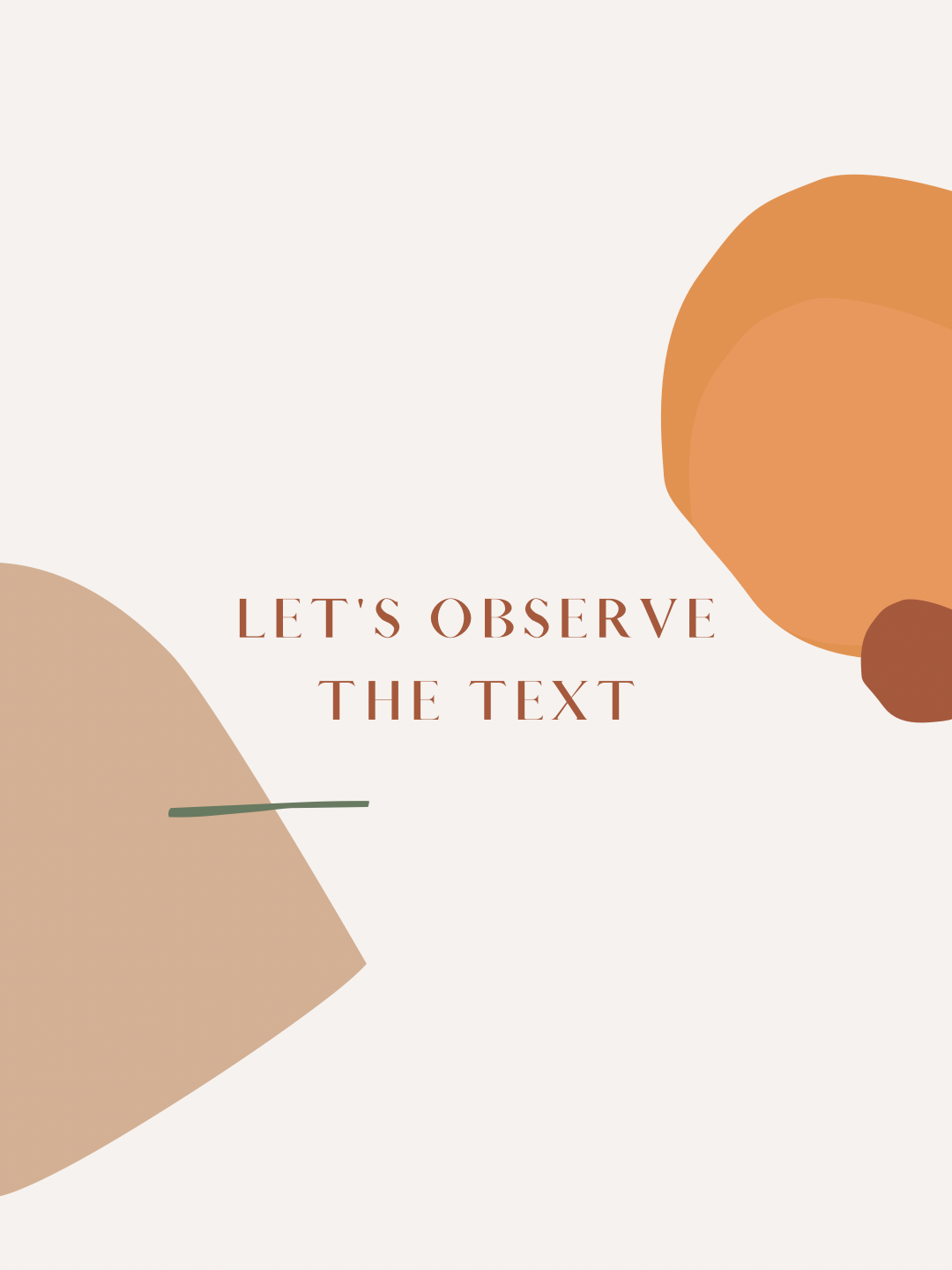I put this video together to show my process of working through the text and making observations there, and to demonstrate how the text is connected back to Genesis 1 and 2 through repetitions of words and themes. That’s the canonical approach, looking for those recursions or patterns in the narratives that keep being threaded throughout.
So let’s get into the text! We’re specifically looking at comparing and contrasting the speeches of the serpent and of Eve to what God’s speeches were in Genesis 1 and 2. Even more to the point, we’re going to compare what God actually said to what the serpent and Eve say that He said.
Read MoreNow all of this discussion about “canonical study” and “historical narratives” and “narrative typology” could sound like it’s reserved for scholars and theologians, the really smart people. But it’s not. The Bible was written to humanity; God has revealed Himself to regular people like you and me.
Let’s look at an easy question that gets resolved through observing a pattern in the Pentateuch. I say an “easy question” because it got asked in my toddler’s children’s Bible last night. But it’s not a child’s question, because it’s one that I and many other adults I know still discuss.
Basically, the question is would anyone have done things differently than Adam and Eve in their choice to disobey God (by taking and eating the fruit from the forbidden tree)? I think we know the answer is “no,” but how do we prove that from the text? Is this even a question that’s answered for us in the narratives of the Pentateuch? And of course, my answer is “yes.”
Let me demonstrate with some of the parallels I observed.
Read MoreWhat is the Canonical Approach to reading the Bible and how do we do it? This new blog series will demonstrate how to use the Canonical Approach to study the historical narratives within the first five books of our English Bibles, commonly referred to as the Pentateuch.
In this introduction to the topic, I define some important concepts for us (like historical narrative and narrative typology) and show an example of how those pieces work together to help us gain a greater understanding of what we’re reading in the Old Testament!
Read More



